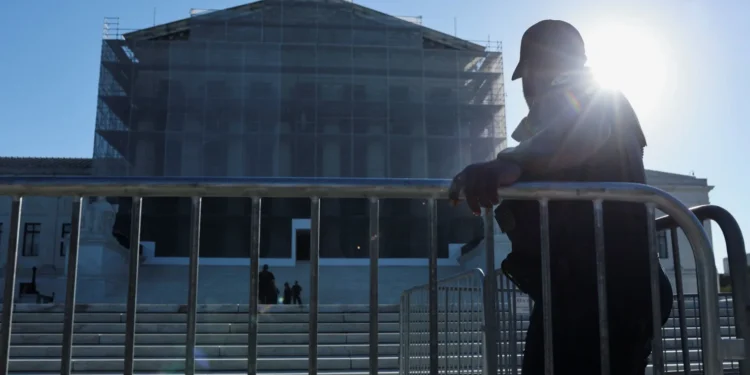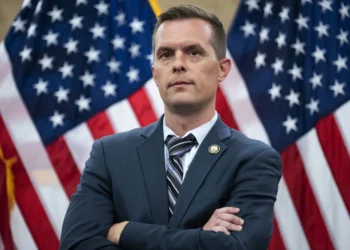The U.S. Supreme Court on Wednesday took up one of the most consequential trade cases in years — a challenge to former President Donald Trump’s use of “reciprocal” tariffs against countries that have long exploited America’s open markets. The questioning from the bench suggested skepticism across ideological lines, but what’s really at stake isn’t just tariff law — it’s whether future presidents will retain the ability to defend American workers and industries without waiting on a gridlocked Congress.
The case centers on whether the Trump administration exceeded its executive authority when imposing tariffs designed to counter nations like China, which maintain steep trade barriers against U.S. goods while enjoying near-unrestricted access to American consumers. Both liberal and conservative justices expressed doubts about the legal structure underpinning the tariffs, hinting at potential limits to presidential power in economic policy.
Traders clearly took notice. Following oral arguments, markets on the prediction platform Polymarket placed the odds of Trump’s tariffs surviving at just 25%, down sharply from 50% the day before. Wall Street, however, seemed to cheer the uncertainty — major indexes rebounded from Tuesday’s losses, as investors bet that easing trade restrictions could offer short-term relief for multinational corporations.
But that short-term optimism could be misplaced. If the Court rules against the Trump-era tariffs and orders the federal government to refund billions in collected duties, the fiscal hit would deepen an already dangerous national debt. Analysts at Wolfe Research warned that while they don’t see “much of a legal argument for” such a refund, the possibility alone has rattled Treasury markets — with yields climbing as investors brace for more government borrowing. Higher yields, of course, mean higher borrowing costs for businesses, homeowners, and taxpayers alike.
Beyond the markets, this case underscores a larger tension between executive decisiveness and bureaucratic inertia. For years, Washington politicians of both parties have talked tough on trade while quietly allowing foreign powers to take advantage of America’s openness. Trump’s tariffs marked one of the few serious efforts to level that playing field — a move that earned bipartisan resistance from globalist elites but strong support from the manufacturing base that fuels America’s middle class.
Even if the Court strikes down the policy, it may not end there. As some analysts note, Trump could turn to other executive tools to reinstate protective measures — a reminder that restoring balance in global trade remains a key conservative priority tied to economic sovereignty, national strength, and the dignity of American labor.
“Uncertainty and unusual have been the two marquee words of 2025,” said Mitchell Goldberg, head of ClientFirst Strategy. “If the Supreme Court rules against the administration, I don’t think it’s the end of the road for tariff policy, it’s just another bump in the road.”
Goldberg may be right. For now, all eyes are on the Supreme Court — and whether it will reinforce America’s right to defend its own economic interests, or hand that power back to the same international system that left U.S. workers behind.




















